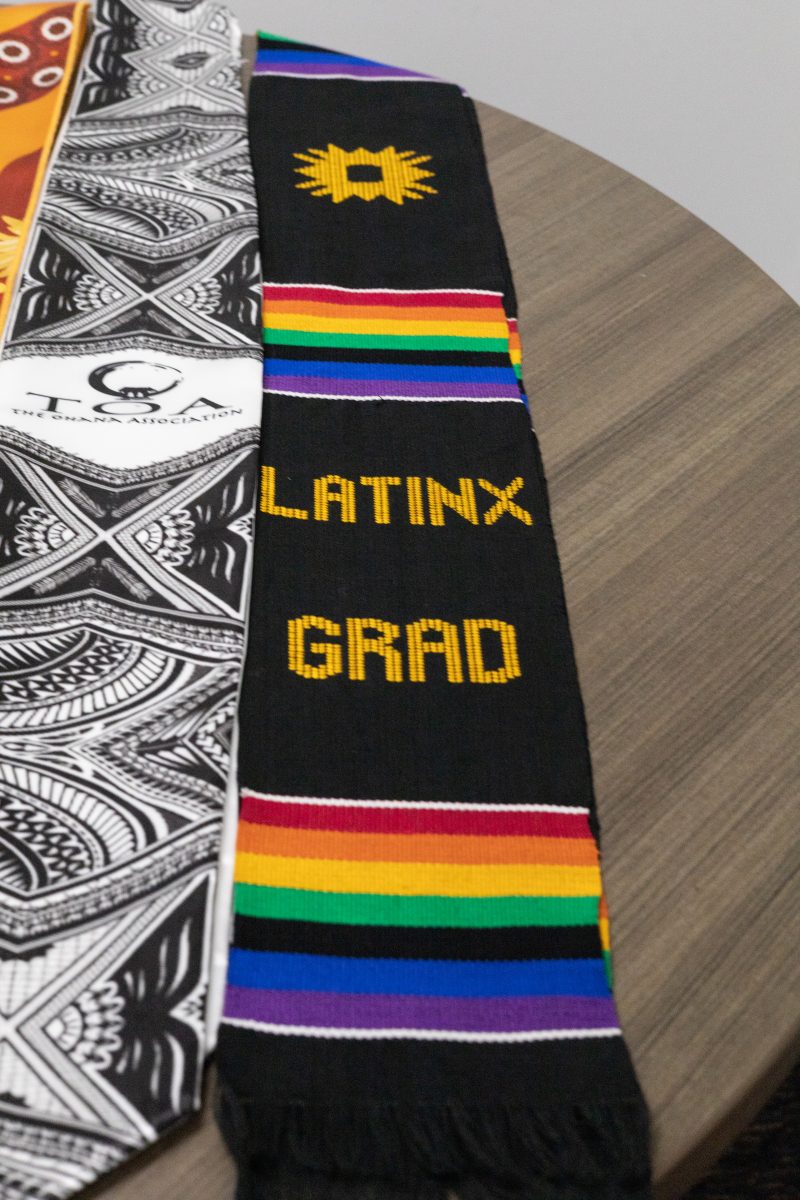
As the weather begins to warm, slope conditions become dangerous to those unaware of the potential avalanche hazards.
Weber State University has many students who actively participate in winter recreational sports. With skiing and snowboarding courses offered three times a week, the changing slopes could cause problems.
“With the academic classes, the only things that I have heard about have been the road closures at Powder Mountain,” said Tim Nguyen, the WSU Outdoor Program assistant coordinator. “If an avalanche ended up in a road closure, they opened it up maybe three or four hours later. I do know that the weather conditions, with the wind and snow, have been closing down some of the trails.”
Each resort website has a section on mountain and weather conditions that states the number of lifts and trails currently open for use, as well as the weather expectations and road conditions for the area. Most also have links to the Utah Avalanche Center website, which allows skiers and boarders to check the current conditions and warnings for the area they plan to visit.
WSU students who enroll in the spring semester’s skiing or snowboarding courses are not required to know avalanche safety and awareness.
“As far as the courses go, the avalanche control is done by the resorts,” said Mike Henderson, the WSU Outdoor Program’s other assistant coordinator. “The minute you step under a rope or go through an avalanche gate, none of that matters, because it’s no longer maintained.”
With the changing weather, officials say it is important to stay within the resort boundaries, especially without proper training or knowledge of backcountry recreation. Before hitting the slopes, reading the slope conditions and weather advisories for the area can be critical.
“If people are going into these areas — which are in bounds, but an unmaintained area — they should be reading those reports,” Henderson said. “There’s a lot of good backcountry terrain in the area, especially at the local resorts, but it’s still dangerous.”
It is also crucial to know the resort trails and boundaries, as well as where ski patrols are located. This information can be found on each resort’s website, or on a trail map acquired at the resort itself. These boundaries are set to keep people from wandering into an unsafe area, which could result in an avalanche.
The Utah Avalanche Center has recorded more than 150 avalanches throughout Utah as of Feb. 21. People skiing, snowboarding, snowshoeing or snowmobiling have triggered almost 4 percent of these avalanches. Danger level is forecast to increase as the weather grows warmer in the coming weeks.
According to the UAC website, “Knowing avalanche conditions and characteristics is the best way to have fun and stay alive in avalanche terrain.” The website also stated that it is best to avoid areas that have had avalanches in the past several weeks, as well as areas with steep slopes caused by windblown snow, which creates drifts.
Two avalanche-related deaths have been recorded in 2014, within one day of each other earlier this month. On Feb. 8, Brigham Young University student Ashleigh Nicole Cox, who was snowshoeing near Tibble Fork Reservoir with a group of friends, was trapped in a creek bed after getting caught in an avalanche. Rescue teams were able to recover her and confirm she was alive after about 40 minutes. She died the following day in the hospital after being taken off life support. UAC reported that if the snowshoers had hiked on the north side of the creek, they would have avoided the accident.
On Feb. 9, experienced snowmobilers triggered an avalanche near Huntington Reservoir while trying to free their friend, Clint Conover, who had become stuck in the snow. The snowmobilers had avoided big slopes and did nothing to cause the accident. However, the snow was thin in the area and produced an uncommon avalanche. Each snowmobiler had rescue gear. After digging for 20 minutes, they uncovered Conover, but were unable to revive him.
Being educated and prepared is important during the winter recreation season, but accidents can happen to even the most experienced people. Both UAC and WSU offer courses on avalanche safety and awareness.
Last weekend, WSU offered an American Institute for Avalanche Research and Education Level I course at the Bloomington Canyon Yurt on the Idaho side of Bear Lake. The course’s purpose was to teach people avalanche awareness and the importance of being prepared in the backcountry, as well as checking weather reports and mountain conditions before heading out.
“The instructors teach about the backcountry and how to be safe on backcountry trips,” said Megan Anderson, a WSU English graduate. “People that take the course don’t have to know safety to participate, but the leaders have to be certified to lead the groups in the backcountry.”














